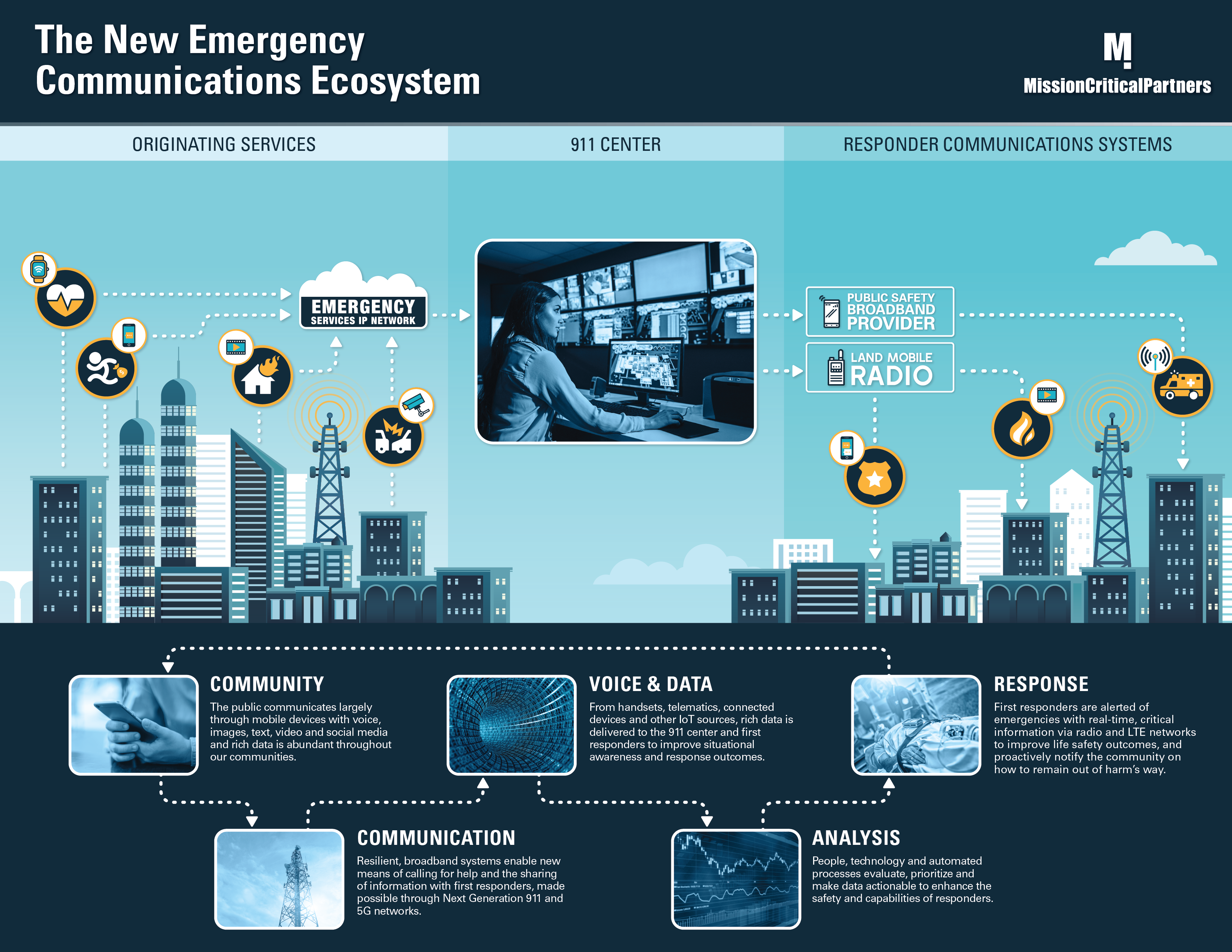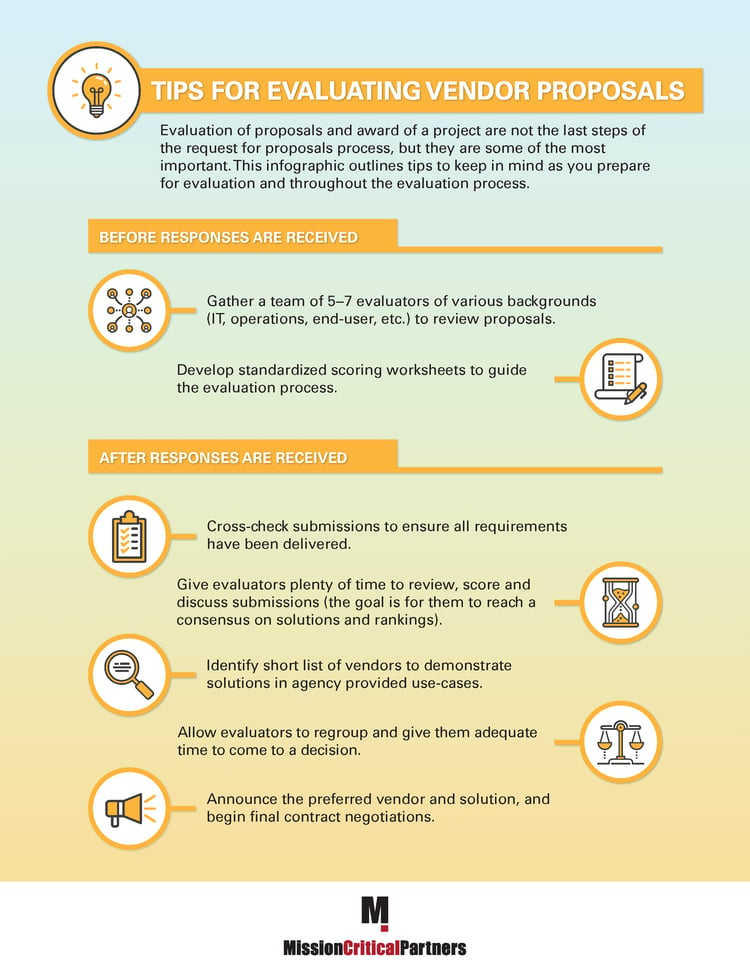In Summary:
- A CAD2CAD initiative within the National Capital Region (NCR) had been successful in reducing response times, a lack of governance structure and no rules or regulations regarding growth kept the model from being sustainable long term.
- MCP helped the participating agencies lay out a detailed plan for the program's future.
- Today, the CAD2CAD program sees continued success following MCP's recommendations.
Overview and Agency Challenge
Participants in the National Capital Region CAD2CAD initiative include the City of Alexandria, Arlington County, Fairfax County, Loudoun County and the Metropolitan Washington Airports Authority (MWAA), which consists of Dulles International Airport, Reagan National Airport and the Dulles Toll Road. They looked to expand the CAD2CAD initiative and establish a clear vision and governance structure, as well as determine how to make the model sustainable long-term.





